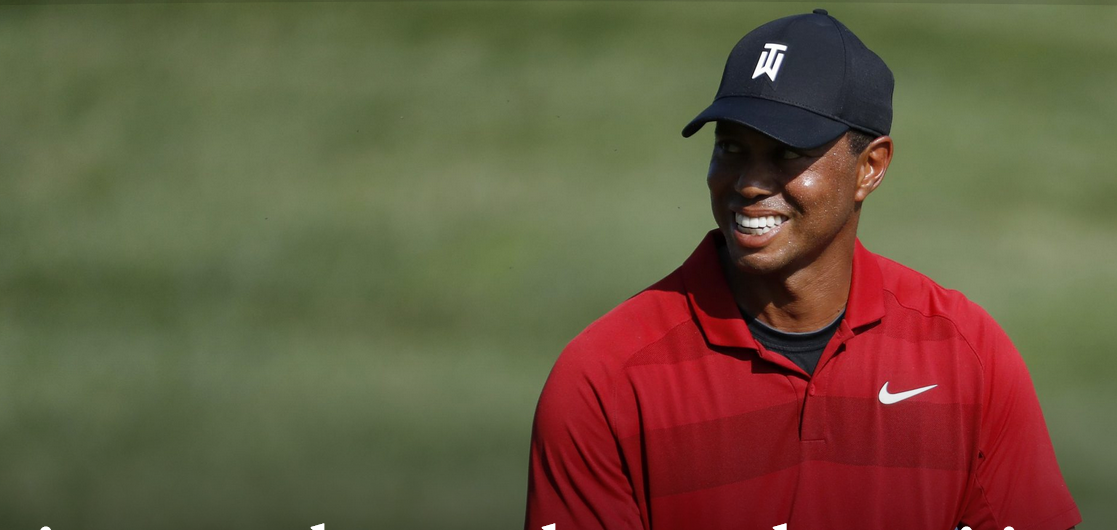I've always been particularly fascinated at the idea of minimalist course designs costing more to maintain.
The concept is generally perpetrated by the tin siding-salesman masquerading as golf architects who sometimes plaid jackets and would just as soon be selling you a policy as they would be in designing interesting, affordable golf holes. They also don't really like the minimalist movement for a variety of reasons, from general point missing to just wanting to sell projects on goods and services they don't need.
Born out of this have been derogatory whisper campaigns about the perils of going minimalist, including the contradictory notion that bunkers maintained as rough hazards take more time and money to present than those edged weekly and raked daily.
So as accustomed to this completely bizarre take as we subscribers to the movement have become, it was a bit disheartening to read Gary Van Sickle's MorningRead.com take suggesting AT&T Byron Nelson Classic host site Trinity Forest was an example of the kind of "high-maintenance, slow-play golf course" the game needs less of.
Had Van Sickle been there to hear Jordan Spieth mention whizzing around the course in two-hours--golf board aided--or seen the turf, I wonder if this take might have been different:
Golf needs low-maintenance, fast-play golf courses. Trinity Forest is a high-maintenance, slow-play golf course. Did you see some of those massive bunkers? An amateur could spend five minutes raking his or her way out of the trap.
Greens are the most expensive parts of a golf course to maintain, and Trinity Forest has gigantic greens. One double green is 35,000 square feet. Pebble Beach’s front-nine greens would almost fit in that corral.
It’s ironic that Trinity Forest seemed like a breath of fresh air with its different look and myriad challenges, but it is not an economically viable model for golf in most areas.
Actually, it is.
Despite the deep pockets of the members, the maintenance approach is pretty restrained.
Reviewing my notes from an interview with superintendent Kasey Kauff, he noted Trinity's full staff for the course is a very normal 24, including assistants and technicians.
Fairways are cut twice a week while bunkers are raked at the same rate (with touch ups). The greens are mown just five days a week in peak season, once or twice a week in the winter.
Thanks to the slow-growing zoysia and lean watering program, bunkers are rarely edged. Fertilization is at half the rate of a Bermuda grass golf course. Half.
As for slow play, maintenance and design are not to blame for threesomes in a full field PGA Tour event not getting around in a timely manner. When today's players can reach all par-5s in two and at least one par-4 in one, that's a distance discussion and sometimes a green speed discussion. Trinity Forest's greens were at a modest 10.5 on the Stimpmeter.
Yes, Trinity Forest is a wealthy membership with a token First Tee facility and it took millions to convert a landfill into a course only a select few rich guys can join. Quibble with that stuff all day long if you must. But suggesting the design is an example of high-cost maintenance and slow play maintenance would not be accurate.


















